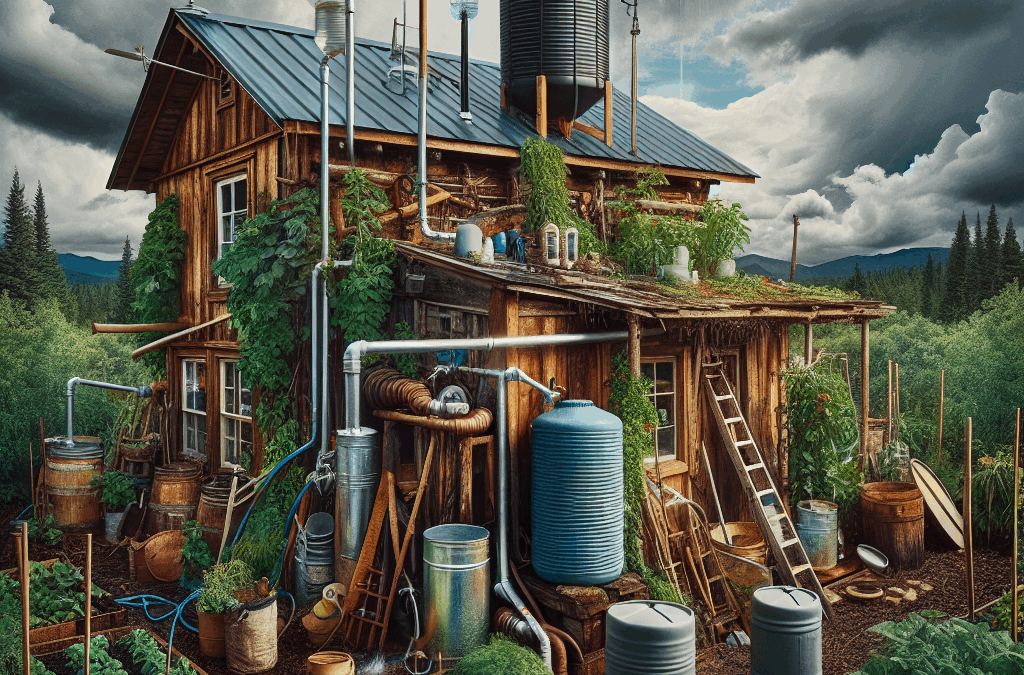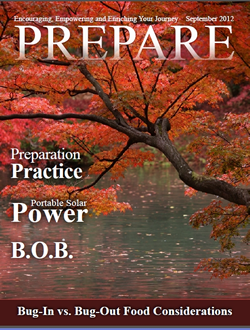Understanding Rainwater Harvesting
What is Rainwater Harvesting?
Rainwater harvesting is basically the process of collecting rainwater from surfaces like roofs and storing it for later use. The idea might sound simple, but trust me, it’s an absolute game-changer for anyone trying to live a greener lifestyle or simply save on water bills. I remember when I first stumbled into this concept; I was amazed at how such a natural resource could go to waste so easily!
When you gather rainwater, you can use it for various purposes such as irrigation, washing your car, or even flushing toilets. That being said, there are still some key components you need to consider when you’re thinking of implementing a rainwater harvesting system. We’re talking about proper filtration, storage, and even how to use your harvested water wisely!
Overall, rainwater harvesting is not just about saving money; it’s about environmental consciousness, sustainability, and taking responsibility for your own water sources. It’s empowering, and I can assure you, once you get started, you’ll love referencing those clear, collected gallons of rainwater you’ve accumulated.
Setting Up the Collection System
Choosing the Right Catchment Area
The catchment area is the surface that collects the rain, typically the roof of your home. Depending on your living situation, you have to choose wisely! I mean, not all roofs are made equal, and some materials may leach harmful substances into your water. For instance, I had to replace my old metal roof because it was a no-go for collecting clean water.
The size of your catchment area also matters. You’ll want to ensure it’s large enough to gather a substantial amount of rainwater. It’s super cool to see just how quickly you can fill up barrels during a heavy downpour! And don’t worry if your roof is smaller; it can still be highly effective even on a modest scale.
Lastly, consider the slope of your roof. More slope means water flows better! But if it’s not angled just right, you might end up with puddles instead of streams heading toward your collection system. Always do your homework before deciding on the catchment area.
Filtration and Storage Solutions
Importance of Filtration
Okay, so let’s chat about filtration! You wouldn’t want to drink dirty water or use it on your vegetable garden, right? So, filtering is super important. In my own experience, I set up a first flush system that diverts the initial dirty water away from the storage tank. That way, I only collect the good stuff!
Think of it this way: when rain hits your roof, it can sweep up debris, dust, and even bird droppings. Not exactly what you want in your rainwater barrel! Simple filters can do wonders to keep your water clean. Mesh filters can catch larger debris, while sand filters can help remove finer particles.
Regular maintenance is critical here, too. Don’t just set it and forget it! Clean out your filters and storage regularly to ensure optimal performance. I typically set a reminder to check on my system every few months!
Using Rainwater Wisely
Watering Your Garden
Using harvested rainwater for your garden is just about the best decision ever. When I started using rainwater for my plants, I noticed not just cost savings but also healthier plants! It’s often less mineralized than tap water, making it gentler for those lovely greens.
One of the best parts? Rainwater is naturally soft! This means fewer salts and minerals, so my vegetable garden absolutely thrives with it. I set up drip irrigation that connects directly to my rain barrels, making it super easy to keep everything hydrated without wasting a drop.
But don’t stop at just watering! You can also wash your garden tools or even rinse off your veggies to keep things clean. Every little bit helps, right? You’ll find that rainwater can be a multi-functional service in your garden!
Maintaining Your Rainwater System
Regular Checks and Repairs
Like any system, your rainwater collection needs regular TLC. I can’t stress this enough! Every few months, I make it a point to check the entire system. Look for leaks, check the filters, and make sure barriers are intact. Staying proactive can save you a ton of headaches down the road.
One tip I learned the hard way was ignoring minor leaks. They can lead to bigger issues, including mold on your roof or inside your storage tanks. So, keep an eye out! If you detect something off, fix it right away.
Cleaning your storage tanks is also crucial. Depending on your collection system, you may find algae growth or sediment build-up. I’ve done a few manual clean-outs that were a tad messy but are entirely worth it for peace of mind!
FAQ
1. How much rainwater can I realistically collect?
The amount can vary based on the size of your collection area and the average rainfall in your region. A standard roof can yield thousands of gallons in a rainy season!
2. Can I drink rainwater collected from my system?
Yes, but it depends on how well your system is filtered and maintained. Proper filtration is crucial if you intend to use it for drinking.
3. How can I prevent algae growth in my storage tanks?
Make sure your tanks are covered and kept in a shaded area to limit sunlight, which usually promotes algae growth. Regular cleaning also helps!
4. Is it expensive to set up a rainwater harvesting system?
Initial investment can vary, but with careful planning, you can set up an affordable system. It’s worth it in the long run!
5. Can I capture rainwater in any climate?
Absolutely! Rainwater harvesting works in most climates; just adapt your system to match your local weather conditions!





